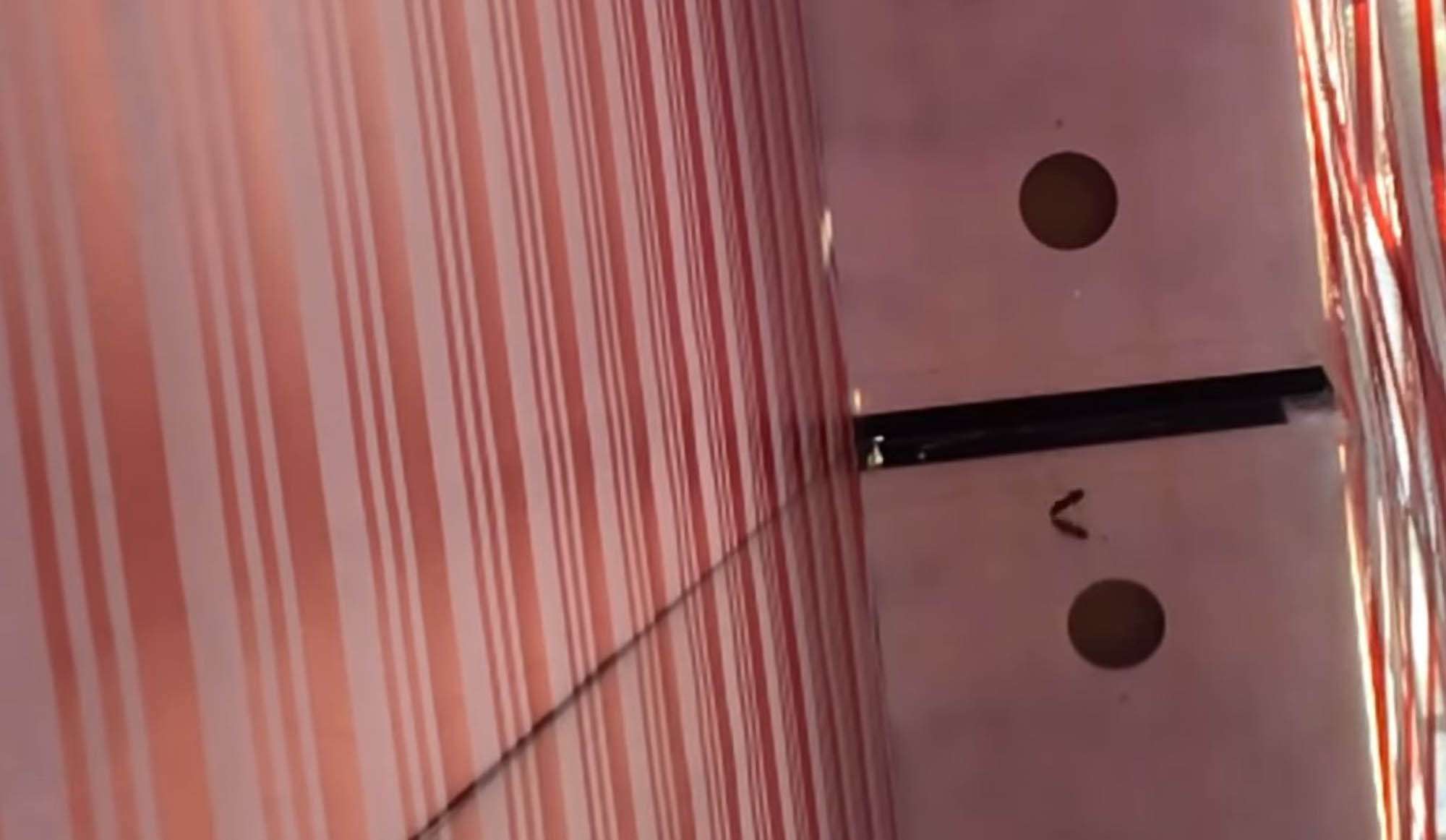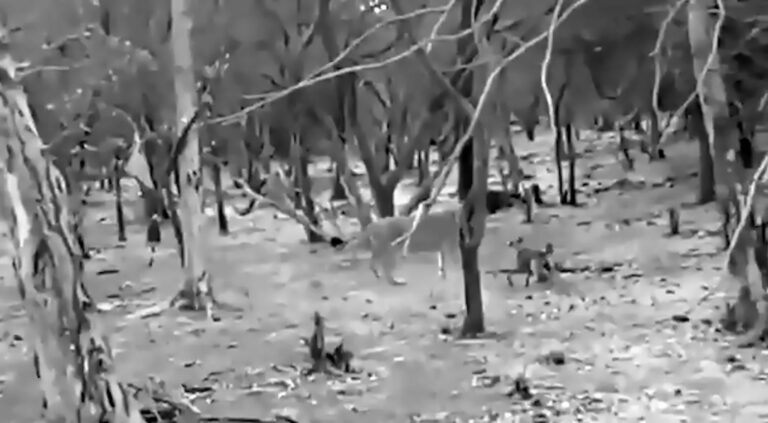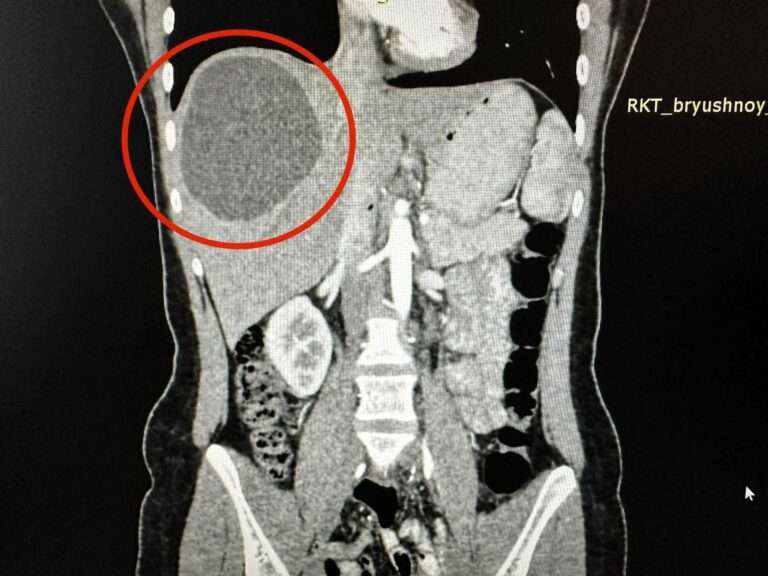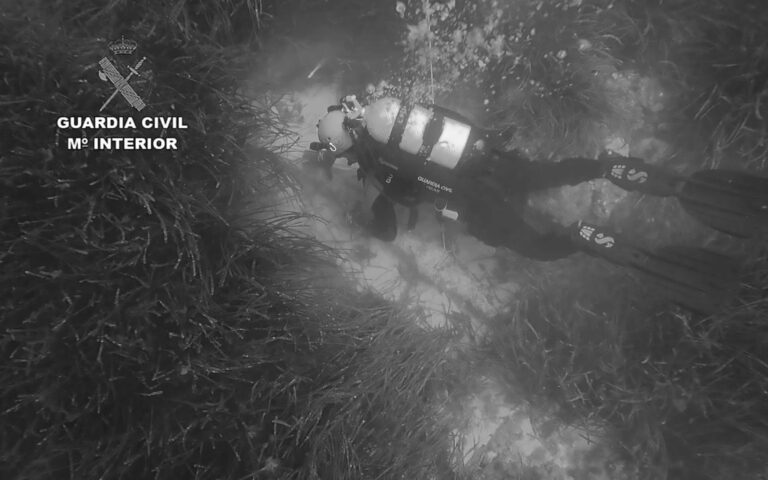Flying honeybees are more likely to crash if they fly over a mirror-smooth surface below them, a new scientific study has revealed.
In a series of experiments, the bees were allowed to fly through a rectangular tunnel covered in mirrors.
Then researchers from Aix-Marseille University in France recorded the results when different mirror sections were covered up.
They found the pollinators were only likely to crash when they flew over the mirrored surface beneath them in the 220-centimetre-long (87 inches) tunnel.
The bees began to fly normally but suddenly lost altitude after just 40 centimetres (15 inches) of flight, crashing onto the mirror.
The study, led by bio-robotics and animal behaviour expert Julien R. Serres, had recreated a series of experiments first carried out in 1963.
The original experiments were carried out by German behavioural scientist Martin Lindauer and Austrian bug expert Herbert Heran.
Their experiment revealed that the bees were only able to fly across a lake if the water was turbulent or rippling.
If the surface was glassy smooth like a mirror, they lost altitude and eventually crashed.
The researchers concluded that bees need visual cues to navigate their flights.
The findings are similar to the spatial disorientation in humans.
It is often suffered by pilots and astronauts when they lose track of where they are in space when they are flying.

Project leader Julien told Newsflash: “To study the altitude control of bees, it is necessary to recreate their optical environment. This is why we created the tunnel. The hardest part was to de-correlate the different patches of optical information.”
The Marseille University researcher emphasised: “It was the first time that mirrors were applied on the bottom and the top of a tunnel.”
Julien explained: “Our studies show that all flying insect species have their unique altitude control skills. Each species has specific capabilities in this regard.”
The French scientist previously made headlines for being involved in the construction of a six-legged robot to find out more about desert ants.
Regarding the bee tunnel test series, he told Newsflash: “Our upcoming studies will focus on trying to determine how bees combine the various types of information they perceive and how they arrange and select them.
“We also want to know more about their capability of achieving such precise landings on flowers.”
Newsflash asked Julien why he finds honeybees fascinating.
He said: “The foraging of bees resembles the numerous delivery activities in today’s megacities. We have to appreciate that bees optimise their navigation without being able to take advantage of technology such as GPS.”
Julien added: “My research will continue to focus on finding out more about bees and insects in general, their navigational system and how they perceive the world.”
Bees are among the insect world’s most prodigious flyers and can travel as far as 12 kilometres (7.5 miles).
To find out more about the author, editor or agency that supplied this story – please click below.
Story By: Thomas Hochwarter, Sub-Editor: Michael Leidig, Agency: Newsflash
The Ananova page is created by and dedicated to professional, independent freelance journalists. It is a place for us to showcase our work. When our news is sold to our media partners, we will include the link here.




